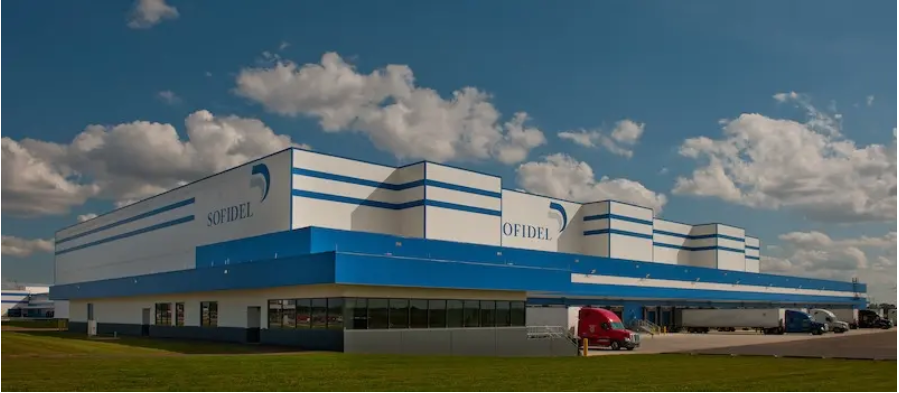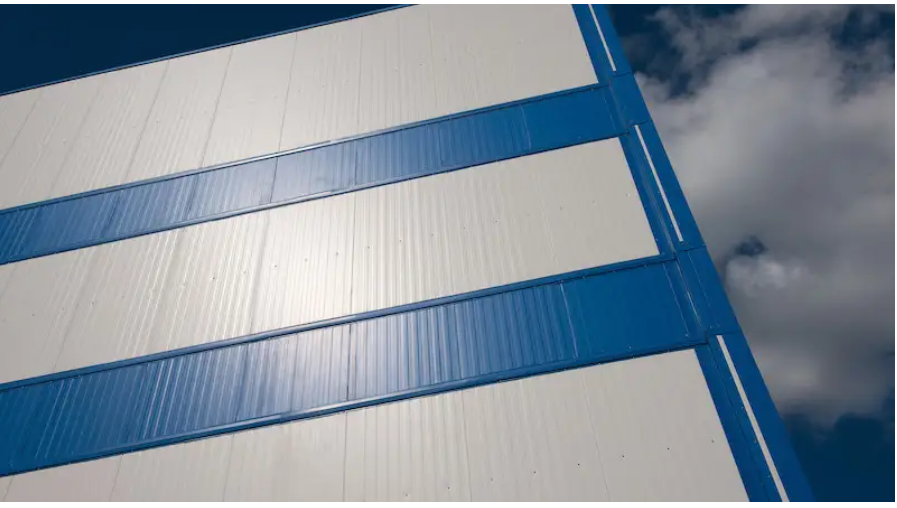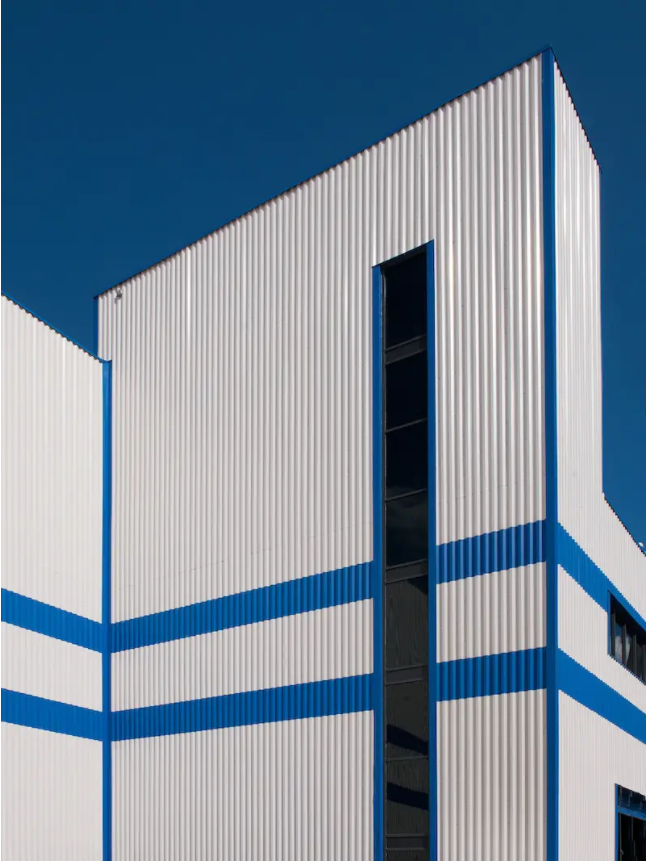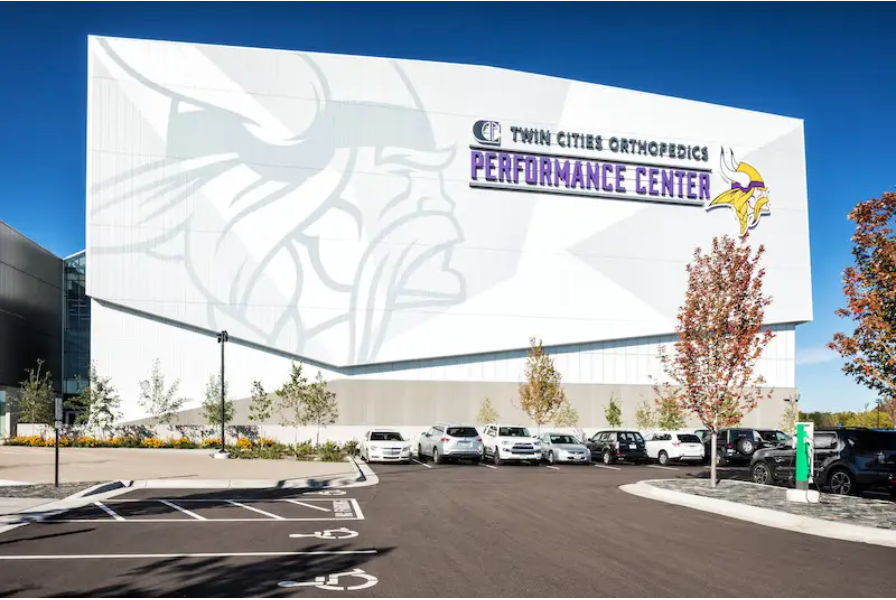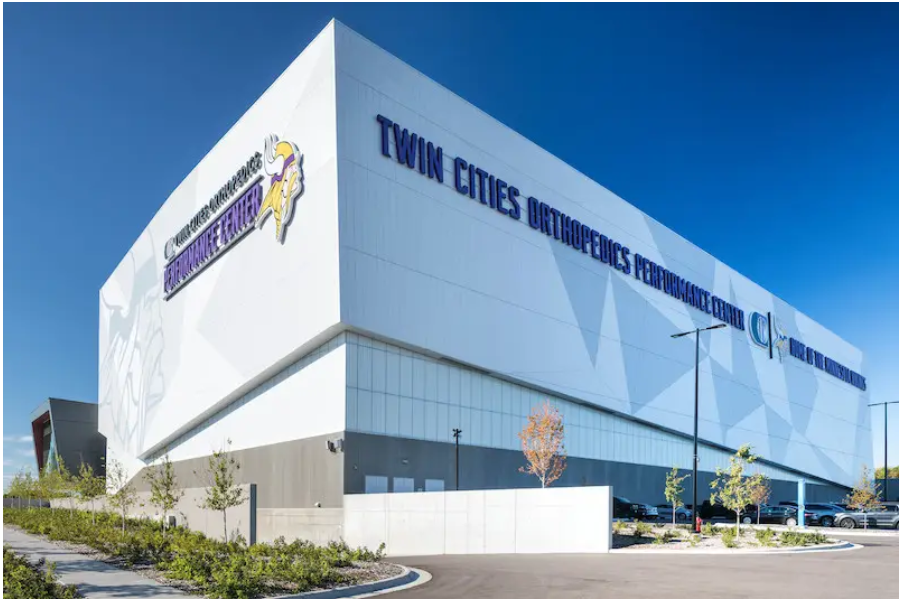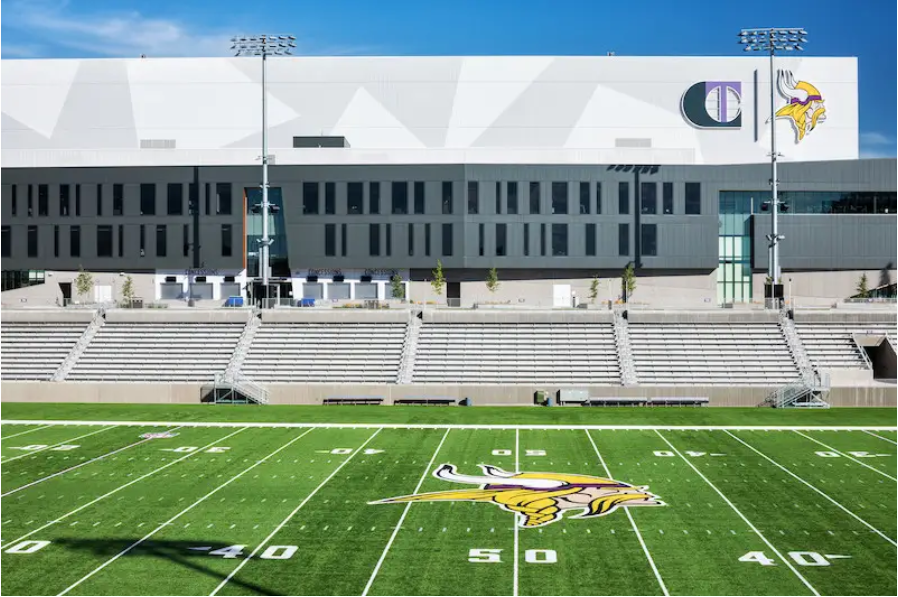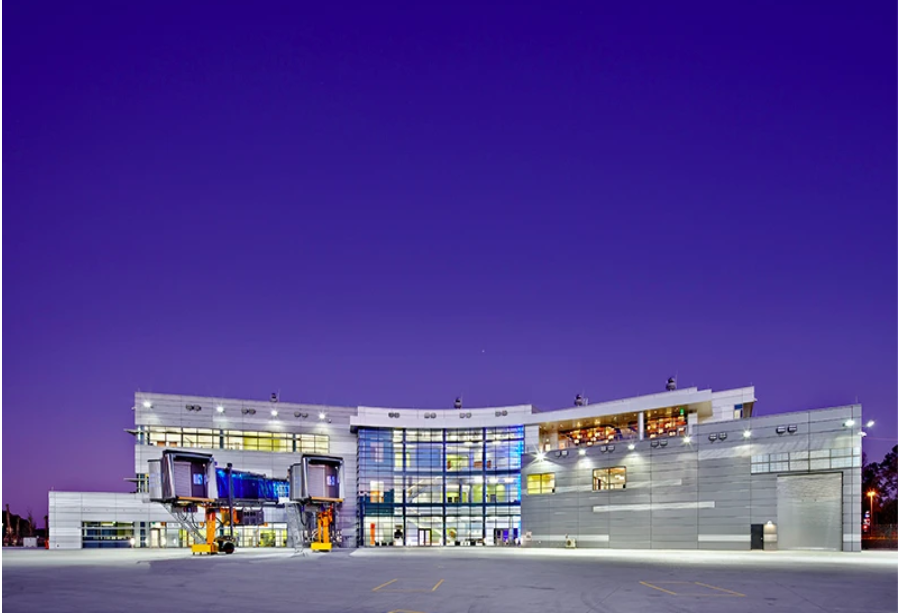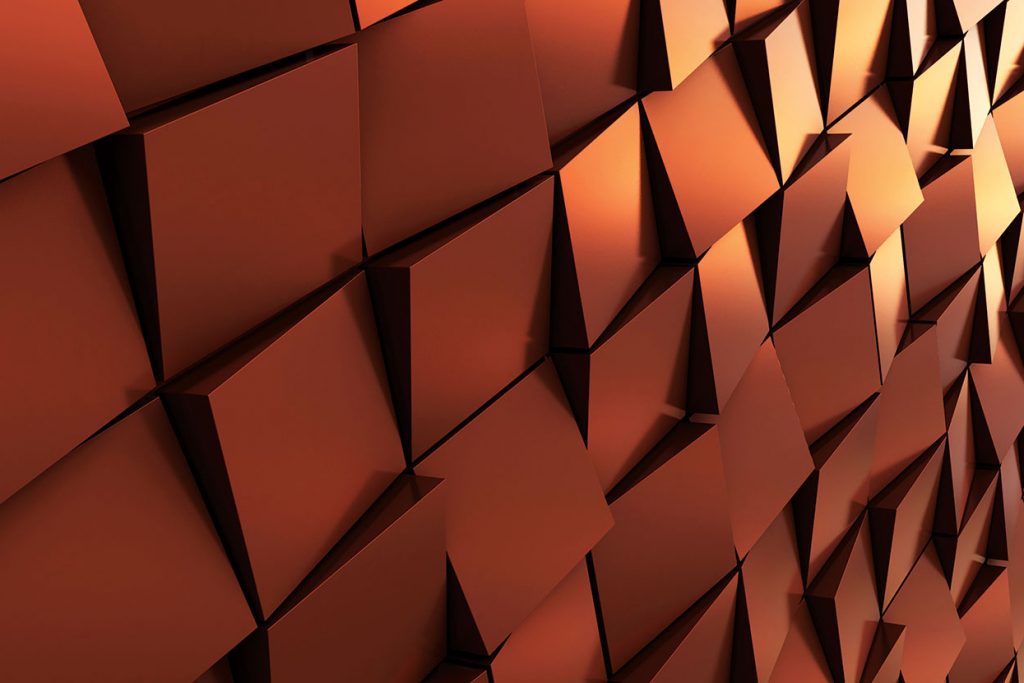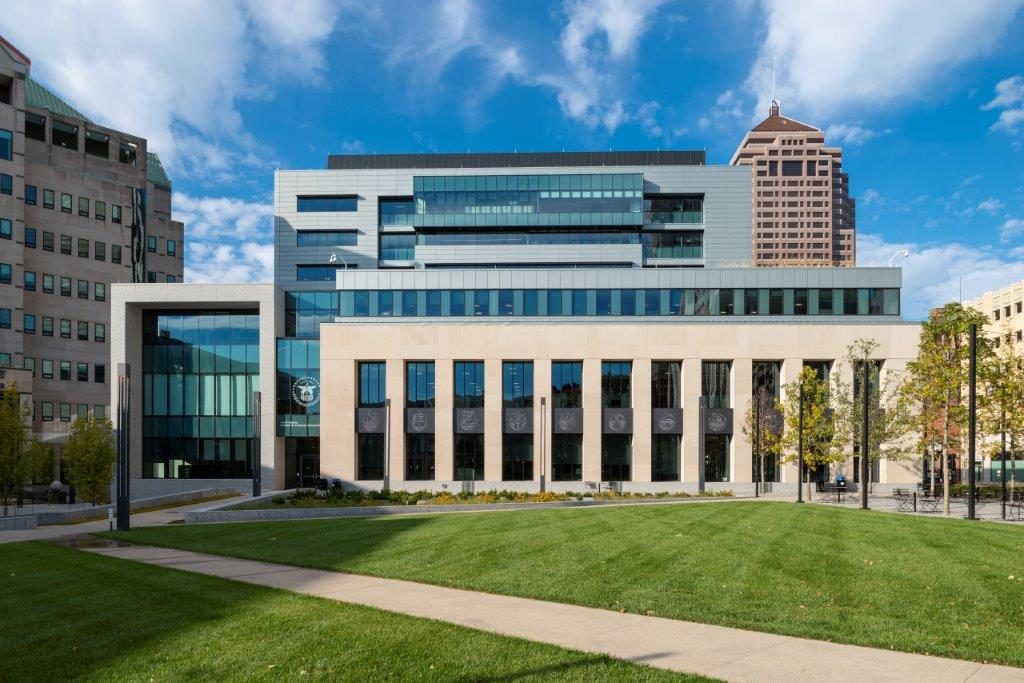The opening of Sofidel America’s new, 1.7 million-square-foot manufacturing plant in Circleville, Ohio marks a major milestone for the Italian-based company’s growth in the United States. At 280 acres and nearly a mile in length, the production facility is the nation’s first greenfield paper plant and showcases a new level of technological advancement, energy efficiency and sustainability—thanks, in part, to a high-performance building envelope featuring well over 500,000 square feet of insulated metal panels.
Approximately 15,000 square feet of CENTRIA Formawall® insulated metal panels were specified, achieving the optimal balance of form and function at the building’s entrance.
“They wanted a good-looking building,” says Luca Oliphant, Project Manager, Gray Construction, the firm selected to design and build the new facility. “There’s a very nice office facility up front where we used the horizontal Formawall. This was designed to be a highly presentable location for partners and customers. It’s an architectural panel, installed horizontally with a smooth surface—more aesthetically pleasing overall.”
CENTRIA’s flagship line of insulated metal panels, Formawall combines unprecedented design freedom with unmatched performance. The product’s distinct profiles deliver unlimited design combinations and create the world’s most imaginative building envelopes with varying articulations, rhythms, and textures.
In addition to Formawall, the plant implements nearly 200,000 square feet of Style-Rib exposed fastener rainscreen panels and 5,000 square feet of IW Series concealed fastener rainscreen panels, installed in a soffit function.
Beyond performance and aesthetic considerations, insulated metal panels offered installation advantages to Gray Construction and IMP installer, South State Contractors. The project followed a rigorous construction schedule, allotting just over two years to complete the massive paper plant.
“[IMPs] go up a little quicker, and there’s a lot less effort and coordination involved,” Oliphant said. “The ease of installation and the effect on our schedule was an important factor.”
As one of the world’s largest manufacturers of paper products for hygienic and domestic use, Sofidel owns subsidiaries in 13 countries worldwide. The $400 million Circleville plant is the company’s largest investment to date, incorporating a paper mill where pulp is transformed into paper; a converting plant that produces the finished product; and a state-of-the-art warehouse.
“The Circleville plant has an incredible mix of insulated metal panels with multiple thicknesses, different insulations, and uses,” added Lisle Wade, President of Wade Architectural Systems, the CENTRIA dealer on the project.
The Sofidel Circleville, Ohio plant officially opened its doors in October 2018, though the facility kicked off limited production operations earlier in the year. According to Oliphant, the building owners were thrilled with the finished product—so thrilled, in fact, that preliminary plans for future expansion have already begun. And the concept for phase two also relies heavily on insulated metal panels as the product of choice.

